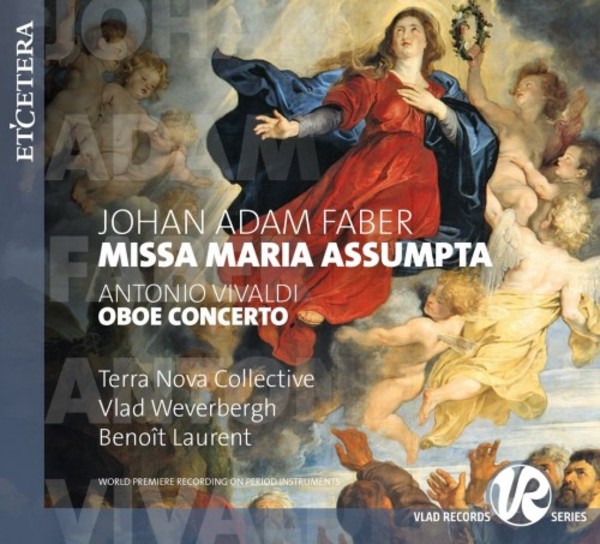
Faber - Missa Maria assumpta; Vivaldi - Oboe Concerto
£13.25
In stock - available for despatch within 1 working day
Despatch Information
This despatch estimate is based on information from both our own stock and the UK supplier's stock.
If ordering multiple items, we will aim to send everything together so the longest despatch estimate will apply to the complete order.
If you would rather receive certain items more quickly, please place them on a separate order.
If any unexpected delays occur, we will keep you informed of progress via email and not allow other items on the order to be held up.
If you would prefer to receive everything together regardless of any delay, please let us know via email.
Pre-orders will be despatched as close as possible to the release date.
Label: Etcetera
Cat No: KTC1597
Format: CD
Number of Discs: 1
Release Date: 5th October 2017
Contents
Artists
Vlad Weverbergh (clarinet)Benoit Laurent (oboe)
Terra Nova Collective
Works
Missa Maria assumptaOboe Concerto in A minor, RV461
Artists
Vlad Weverbergh (clarinet)Benoit Laurent (oboe)
Terra Nova Collective
About
Terra Nova is a musical research collective based in Antwerp. The ensemble seeks out interesting unknown or forgotten music and breathes new life into it on the concert platform. These works are presented in the concert programme alongside more familiar works of the western musical repertoire. At a Terra Nova concert the audience has the chance to hear a unique musical discovery as well as a familiar masterpiece.
Error on this page? Let us know here
Need more information on this product? Click here